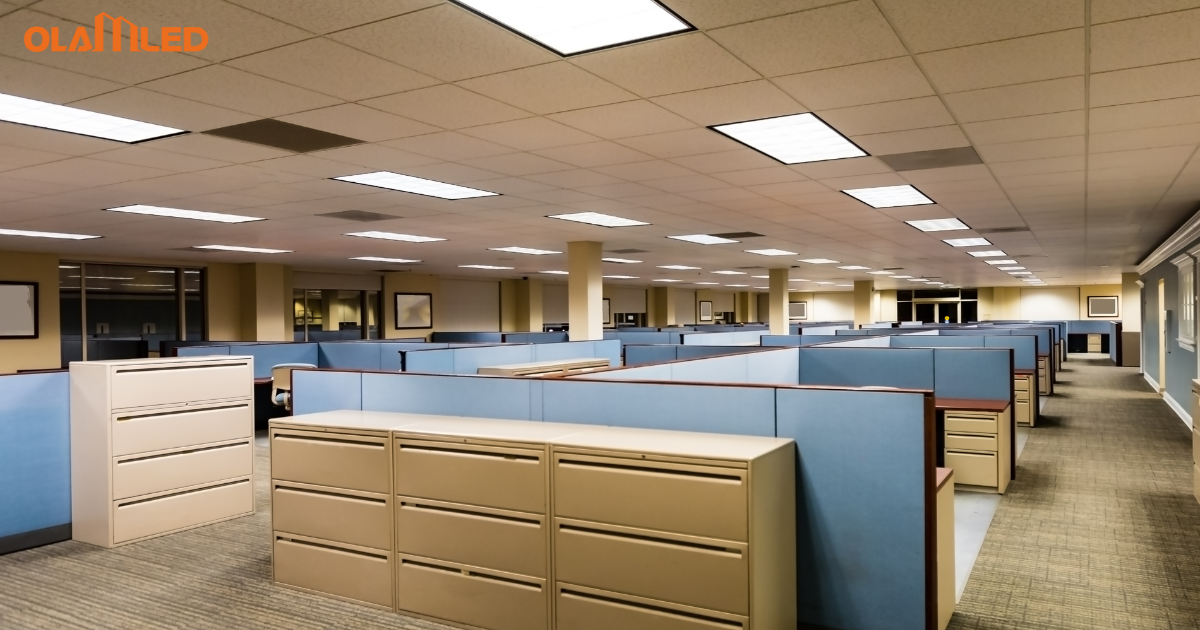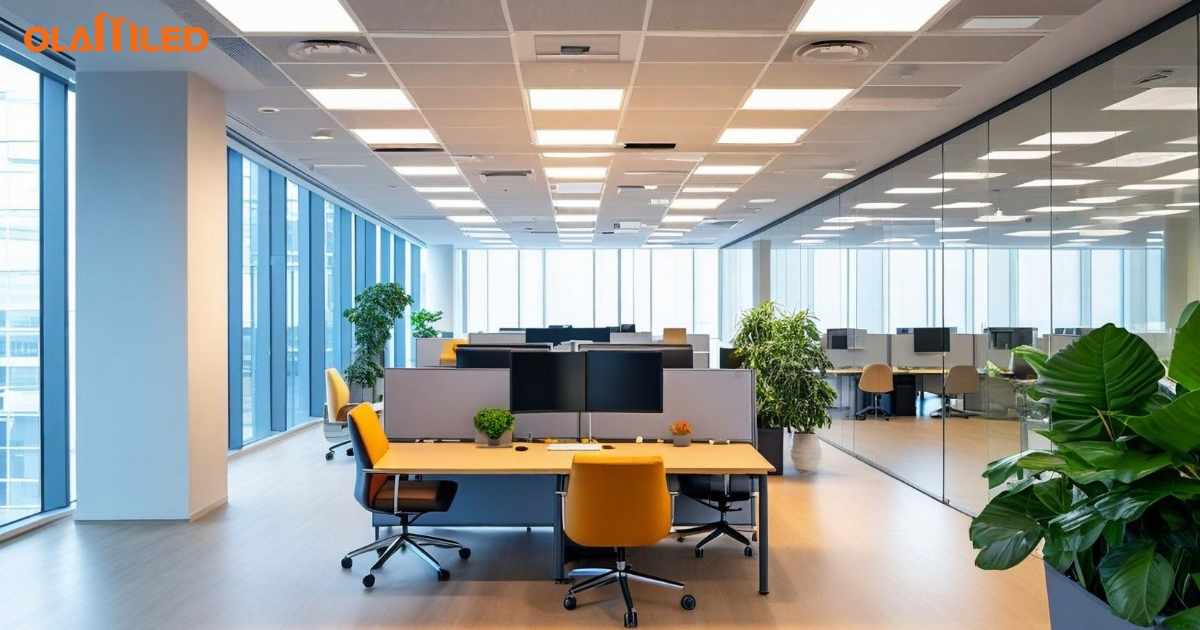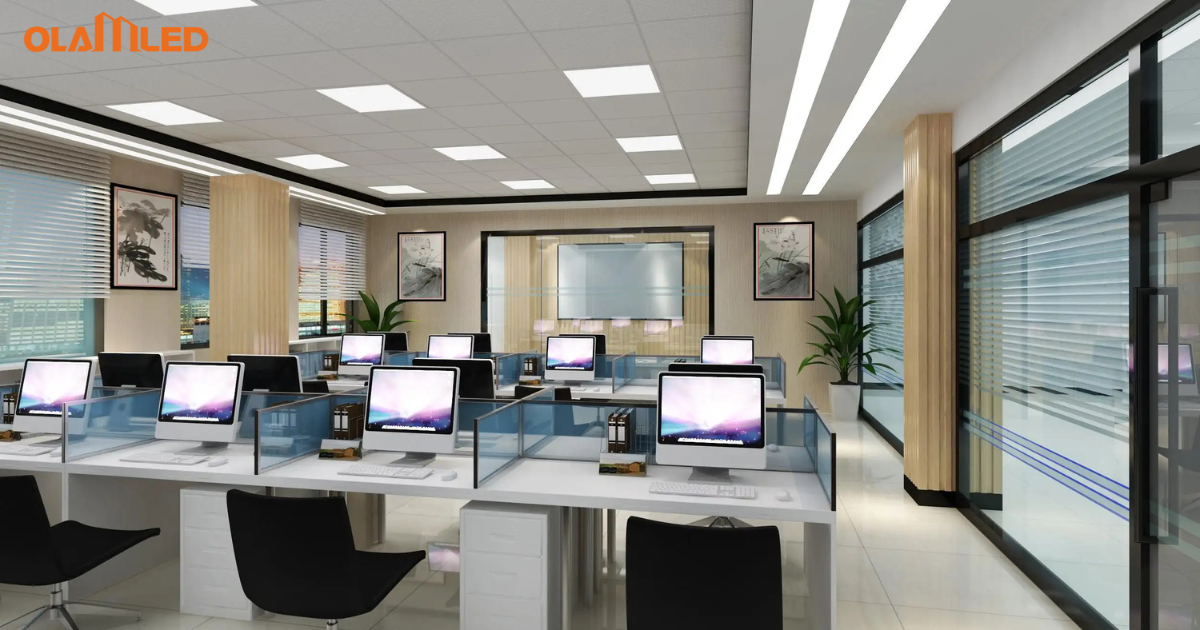What Are LED Cleanroom Troffers?
LED cleanroom troffers are recessed lighting fixtures designed for controlled environments. They minimize contamination by using sealed enclosures and smooth surfaces that resist particle accumulation. In pharmaceutical labs, for example, LED troffers on ISO Class 5 ceilings ensure uniform illumination without harboring microbes.
LED cleanroom troffers feature:
- Sealed housing with gaskets to block dust and particulates
- Smooth diffuser panels that resist microbial growth
- High ingress protection (IP) ratings, often IP54 or higher
These fixtures appear in semiconductor fabs, where even minor light irregularities can affect wafer inspections. Their robust design lowers maintenance needs by reducing filter changes and deters contamination.
How Do LED Troffers Function?
LED troffers consist of an LED array mounted on a heat‐sink panel, covered by an optical diffuser. The array emits light when current passes through semiconductor diodes. A driver module regulates voltage to maintain consistent light output and protect LEDs from surges.
Reflectors and diffusers distribute light evenly. Advanced thermal channels pull heat away, sustaining lumen output over time. In a biotech cleanroom, these systems run 24/7; thermal management prolongs lifespan to over 50,000 hours, minimizing downtime during sensitive processes.
What Are the Key Features of LED Troffers?
| Feature | Description | Benefit |
|---|---|---|
| Energy Efficiency | Up to 120 lm/W (lumens per watt) | Cuts electricity use by 50–75 % |
| Lumen Output Options | 2,000 lm, 4,000 lm, and 6,000 lm models | Matches varied ceiling heights and tasks |
| Color Temperature (CCT) | 4000 K, 5000 K | Ensures color accuracy in inspections |
| CRI (Color Rendering) | Minimum CRI > 90 | Reveals true colors in pharmaceutical labels |
| Smart Controls | Dimming, motion sensors, and remote management | Adapts to strict cleanroom protocols |
LED troffers come in slim profiles compatible with standard 600 × 600 mm ceiling grids. Their long life and sealed design support uninterrupted operations in health-care cleanrooms.
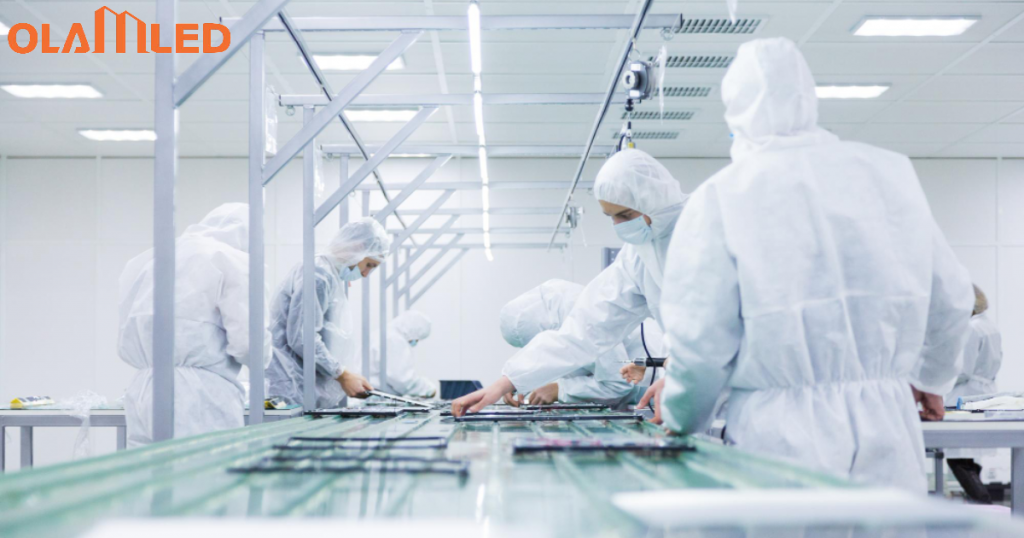
What Is Traditional Lighting?
Traditional lighting relies on incandescent, fluorescent, or halogen bulbs housed in fixtures without specialized sealing. Incandescent lamps use a heated filament; fluorescent tubes excite mercury vapor to produce light.
These fixtures typically feature:
- Open fixtures that allow dust ingress
- Mercury content in fluorescent bulbs—requiring careful disposal
- Lower upfront cost but higher energy use
In an older laboratory, fluorescent troffers often cause uneven illumination and frequent bulb replacements, disrupting workflows.
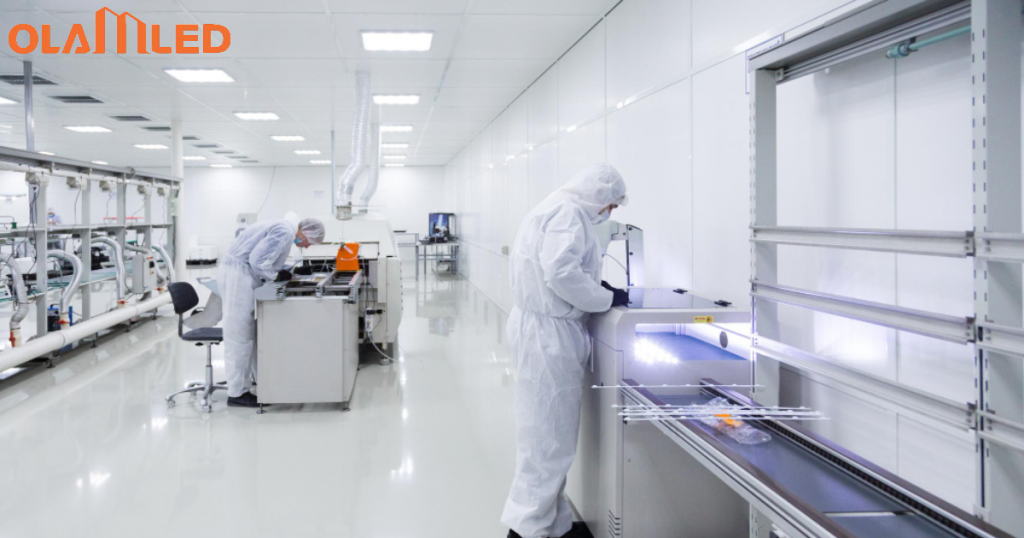
How Does Traditional Lighting Work?
Incandescent bulbs pass current through a tungsten filament, emitting broad‐spectrum light. Fluorescent lamps apply voltage to mercury vapor, which emits UV light; phosphor coatings convert UV to visible light. Halogen lamps use a halogen gas cycle to extend filament life.
Reflectors and diffusers in these fixtures shape beam patterns but lack precision controls. Without advanced drivers, voltage fluctuations can cause flicker, compromising visual tasks like cell‐culture inspections.
What Are the Common Types of Traditional Lighting?
- Incandescent: Warm glow, ~1,000 h lifespan, low efficiency.
- Fluorescent: 7,000–15,000 h lifespan, moderate efficiency, contains mercury.
- Halogen: Compact, higher output, ~2,000 h lifespan.
- Decorative (e.g., chandeliers, oil lamps): Used in hospitality more than labs.
In some legacy cleanrooms, managers still retrofit fluorescent troffers despite contamination risks, illustrating the trade-off between cost and performance.
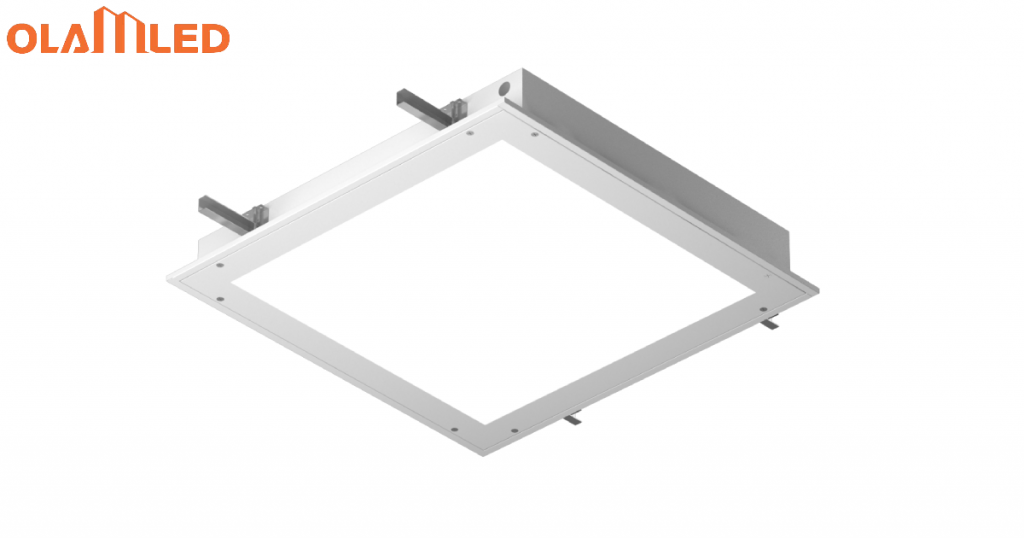
How Does Glare Differ Between LED Troffers and Traditional Lighting?
Glare occurs when light intensity contrasts exceed the eye’s adaptation. Discomfort glare (annoyance) and disability glare (reduced visibility) both impair precision tasks.
| Glare Metric | LED Troffers | Fluorescent Fixtures |
|---|---|---|
| Unified Glare Rating (UGR) | 16–19 (low) | 22–26 (moderate) |
| Typical Lumen Output | 4,000 lm | 3,000 lm |
| Illumination Angle | Diffused 120° beam | Direct 90° beam |
A study in a cosmetics cleanroom found operators reporting 30 % less eye strain under LED troffers versus fluorescent lights, confirming improved visual comfort.
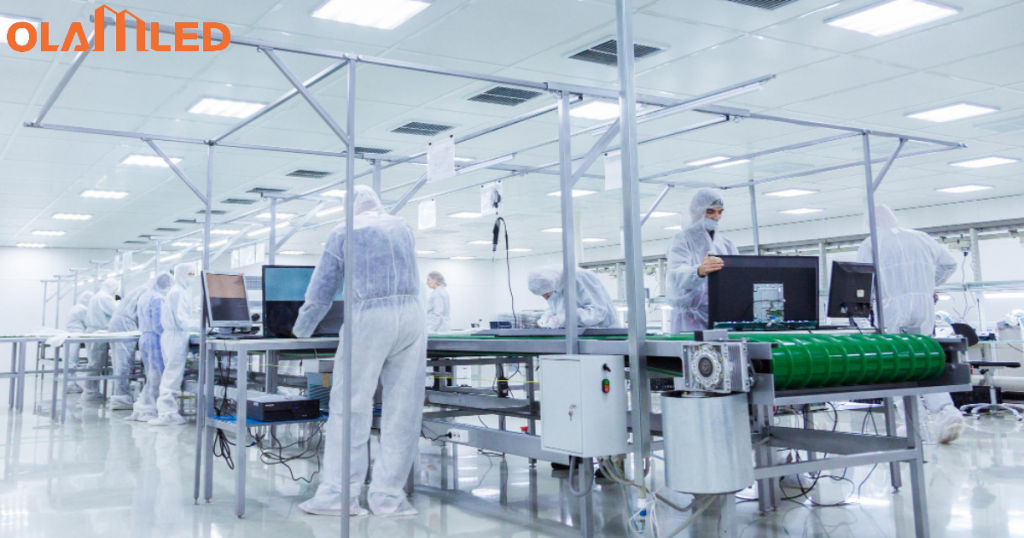
What Causes Glare in LED Troffers?
Glare in LED troffers stems from high point‐source intensity and improper diffuser design. Thin or low‐quality diffusers can create hotspots. Installation height and ceiling reflectance also affect perceived glare.
For example, in a medical‐device cleanroom, swapping to troffers with prismatic lenses and a matte gasket reduced glare complaints by 40 %.
What Causes Glare in Traditional Lighting?
Traditional fixtures often lack optimized optics; bare tubes or reflectors concentrate light. Direct line‐of‐sight to hot lamps increases discomfort glare. Cool white temperatures can heighten contrast on shiny stainless-steel work surfaces, aggravating glare.
What Are the Pros and Cons of LED Troffers and Traditional Lighting?
| Aspect | LED Troffers | Traditional Lighting |
|---|---|---|
| Energy Use | 50–75 % savings over fluorescents | Higher consumption |
| Lifespan | 50,000+ h | 1,000–15,000 h |
| Maintenance | Low (sealed design) | High (bulb and ballast replacements) |
| Upfront Cost | 20–50 USD per fixture | 5–15 USD per bulb |
| Environmental Impact | No mercury; recyclable components | Contains mercury; higher waste |
LED troffers incur greater initial expense but repay through rebates and reduced operations costs. Facility managers often recover the premium within 2–3 years.
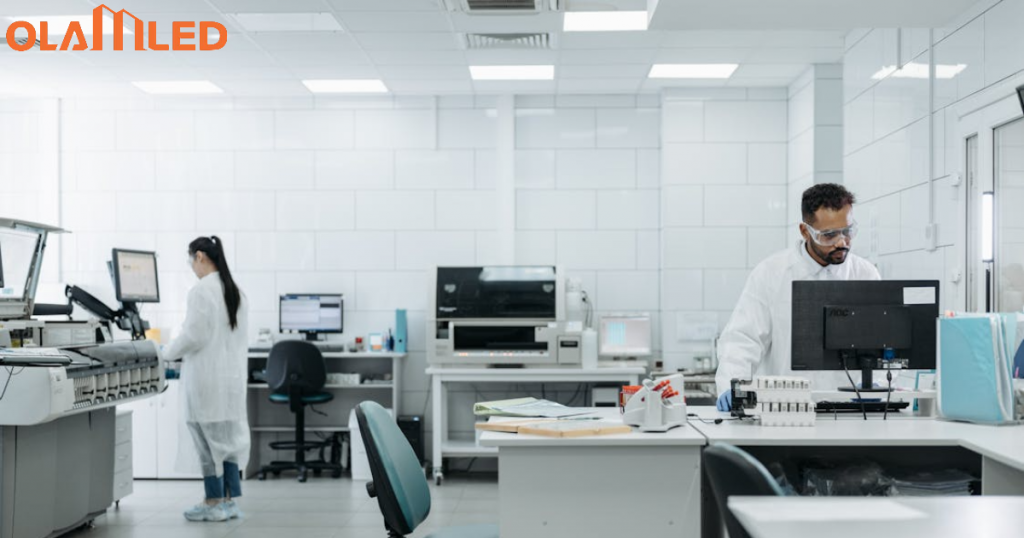
How Is the Light Quality Perceived?
Light quality hinges on CRI and flicker. LEDs with CRI > 80 render colors faithfully, essential when inspecting parenteral vials. Traditional bulbs average CRI < 70, risking misreading color‐coded labels.
What Are the Installation Benefits?
LED troffers drop into existing ceiling grids with minimal rewiring. Their low heat output reduces HVAC loads. In contrast, installing fluorescent fixtures often demands ballast replacement and ceiling modifications, prolonging downtime.
How Do Energy Costs Compare?
| Fixture Type | Power Use (W) | Annual kWh* | Annual Cost (USD) |
|---|---|---|---|
| 4,000 lm LED | 30 W | 78 | 9.36 |
| 3,000 lm Fluorescent | 60 W | 156 | 18.72 |
Assumes 8 h/day, 365 days, at $0.12/kWh. LEDs cut expenses by over 50 % annually per fixture.

LED Cleanroom Troffers FAQs
What Maintenance Is Required for LED Troffers?
Routine upkeep includes:
- Monthly surface cleaning with lint-free cloth
- Biannual electrical inspections
- Prompt replacement of any degraded LED modules
Adhering to these steps aligns with IES cleanroom guidelines and preserves illumination standards.
Are LED Troffers Suitable for All Cleanroom Types?
| Cleanroom Class | Recommended Troffer Ratings |
|---|---|
| ISO 5 | IP65, CRI > 80 |
| ISO 6–7 | IP54, CRI > 75 |
| ISO 8 | IP44, CRI > 70 |
Their sealed designs meet diverse ISO 14644 requirements, from semiconductor fabs to biotech suites.
How Long Do LED Troffers Typically Last?
LED troffers deliver 50,000–70,000 h of use. In a 24/7 cleanroom, that equates to over six years of continuous operation. Proper thermal management extends this lifetime further.
Can LED Troffers Be Dimmable?
Most models support 0–10 V or TRIAC dimming. In an analytical lab, adjustable light levels help reduce eye fatigue during microscope work. Correct driver compatibility is crucial to avoid flicker.
What Is the Impact of LED Troffers on Cleanroom Air Quality?
Sealed LED troffers limit particulate infiltration. Anti-static coatings deter dust build-up. Emerging designs integrate HEPA filters to capture airborne contaminants, enhancing cleanroom air purity.
